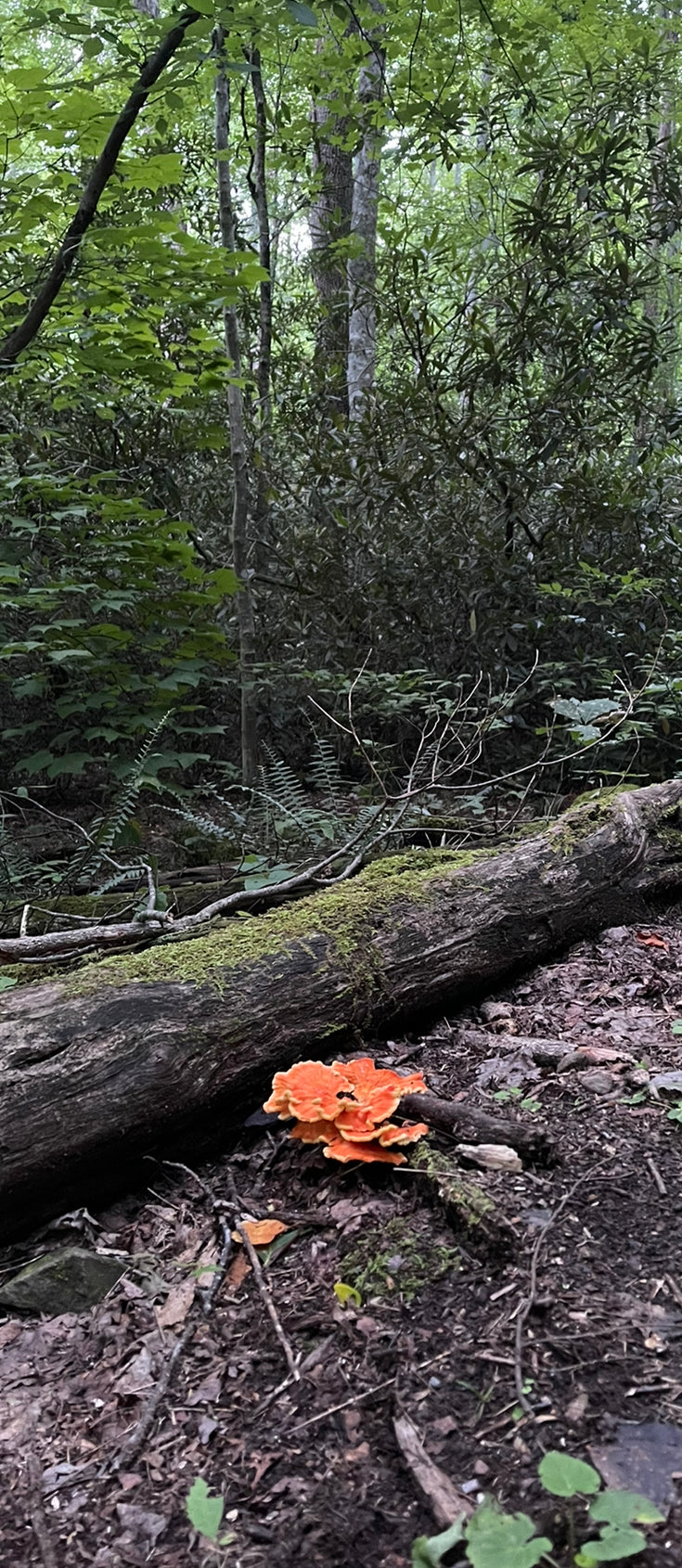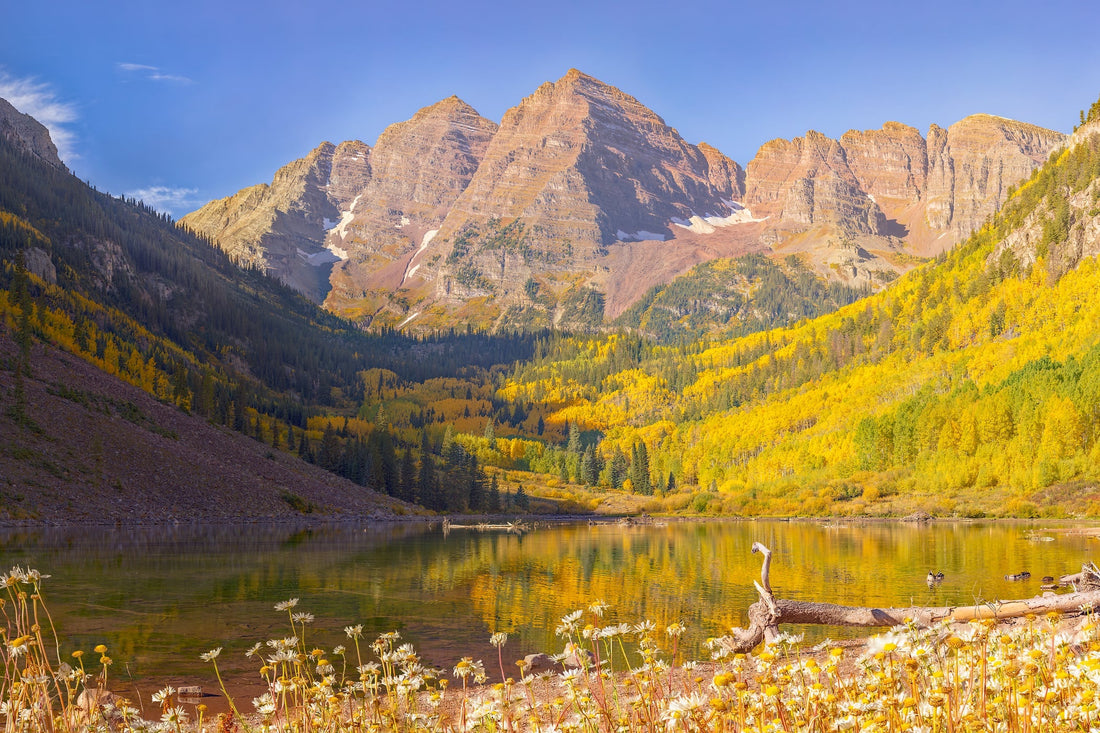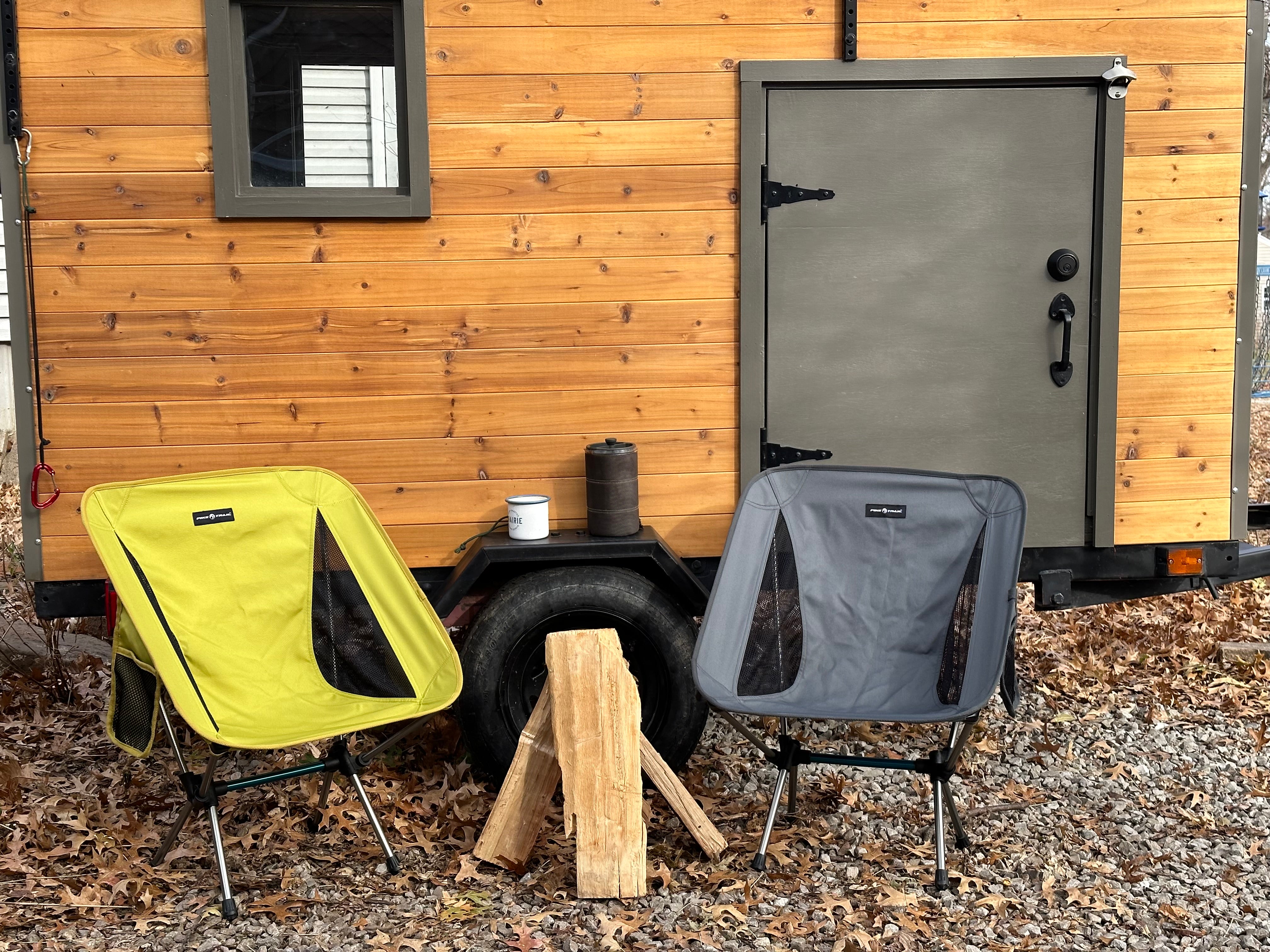Foraging or gathering wild foods is a growing hobby across the country. Wild edibles like ramps, berries, and fiddleheads are all excellent sources of nutrition and can be found with a bit of geographic Know-how. All this food does pose some challenges. As more and more outdoorsmen take to the woods in search of edibles, they can become harder to find. While equipment for foraging is minimal, having the proper safety gear when foraging is critical. Beyond a good understanding of the plants in your area, one of the most important pieces of gear would be a pair of leg gaiters. To highlight when and where leg gaiters, especially Snake gaiters, would come in handy.
Before we get into what to harvest, we must cover a few tenets of how we should forage. The first tenet or rule of foraging is if you don't know for sure it's edible, don't eat it. some berries and tubers look similar to non-edible species. Having at least one guidebook to correctly identify edibles before harvest is essential. The second tenet is to harvest only what you need. Wild edibles are a resource for everyone. Not only do fresh ripe fruits and herbs turn quickly, but overharvest takes the opportunity away from others. The third tenet is to harvest responsibly. Unlike farming, where crops are replanted and grown, foraging relies on the plants or colonies to repopulate on their own. Taking a fraction of the colony, you leave enough to regrow for the next season.
Ramps
Ramps are a wild onion found throughout the eastern United States and Canada. They have a flavor profile of a garlic onion hybrid. Ramps grow in the duff, primarily in hilly regions where the hike can be technical. Because of their short growing season in the early spring, there is a rush to find ramps before they go to seed again. Early spring in the eastern and northeastern mountain states can mean snow is still on shaded hillsides. Having a pair of leg gaiters to keep your socks and boots dry is a welcome addition to your foraging gear when you decide to cross a stream filled with snow melt.
Both the leaves and the bulb of ramps are edible. For best sustainability, leave at least a third of the bulb intact with the roots so the plant can regrow next year. Use a sharp knife to dig into the soil and cut the bulb in half. For those who are hesitant to dig ramps, the leaves and exposed portions are delicious and can be used like scallions or leeks. Ramps will start to wilt after a few days in the fridge, so make sure you only harvest enough for the next few meals.
Berries
The concept is the same whether you are harvesting blueberries in Maine or blackberries in Florida. Each type of edible berry will have a slightly different growing season, but most are found in the summer particularly, particularly the latter half of the season. Berry bushes require a healthy amount of water so expect to look for wild berries near streams, rivers, and marshes. While everyone knows what a raspberry looks like, it is important to positively identify what your harvest is before baking them into a pie.
Gaiters come in handy when berry foraging. The branches of brambles like blackberries are covered in thorns. Catching a stray branch to the shin in a pair of shorts is a miserable experience. The warm damp conditions where brambles and berries grow are also an ideal spot to look for (or look out for) snakes. The dense ground cover and fresh berries are inviting places for field mice and chipmunks. The snakes follow the food. Cottonmouths, copperheads, and even rattlesnakes use the dense hedges of wild brambles to ambush prey. Having a pair of snake bite-proof gaiters gives the foragers peace of mind that they will stay safe should they fail to spot a snake while berry picking.
Fiddleheads
Like wild ramps, fiddleheads are a green that is harvested in the spring. Fiddleheads are the new shoots of ferns that grow in damp areas worldwide. The curled shoots look like the head of a violin or fiddle. Fiddleheads are best eaten cooked, steamed until tender, and served with hollandaise or sauted with chilis are personal favorites. The warm wet areas near swamps and river banks are also areas where watersnakes and cottonmouths spend a majority of their time. Spring may still be cool, and snakes being cold-blooded, will be sluggish. A sluggish snake means it won't move out of the way as fast as a snake in the afternoon or later in the season. While watersnakes are nonvenomous, a bite from any animal will cause pain and potential infection. Skip the worry and grab a pair of gaiters to protect against the potential snake bite.
Foraging is a skill that allows outdoor enthusiasts to enjoy wild food for the majority of the year. Learning to explore wild areas, from local parks to national wilderness, is reason enough to be foraging. Being able to eat what you find and, in some cases, preserve the flavor of the season for weeks or months, who could pass that up? Foraging is fun and as safe as any other outdoor activity: because it is an outdoor activity, the most important piece of gear is your common sense. Use common sense to identify the plants you are harvesting, pick what you need, and prepare. Conditions in foraging can be cold, wet, or involve wildlife. No one would think it’s foolish to bring gloves to protect your hands when foraging berries; wearing a pair of gaiters to keep your feet and legs safe should be viewed the same way. For more on adventuring outdoors and gear to make your trip easier, check out www.piketrail.com






